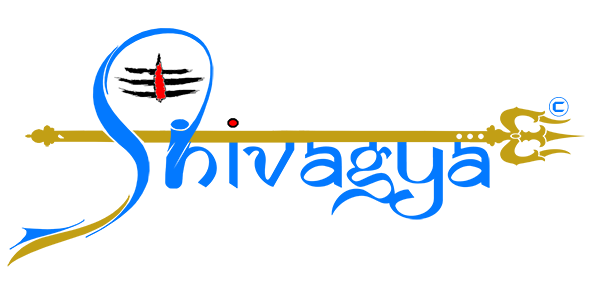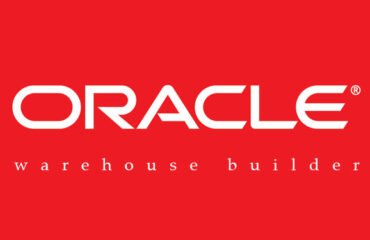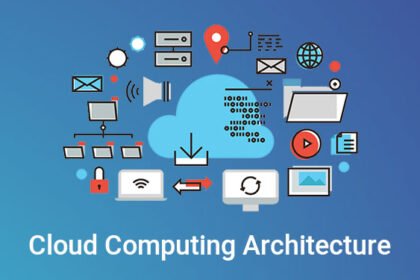
I addressed what cloud computing is all about in my previous post. This helps you to recruit, upload, turn on and on a virtual machine, or clone several times to satisfy a sudden need for the workload. As this is the time to go deep into Cloud Computing and its architecture, you have an essential understanding of what cloud computing is. A conceptual extension of virtualization in cloud computing. So let’s begin with the Virtualization summary to understand the cloud correctly. Virtualization offers the versatility to install or redeploy program stacks irrespective of physical severity through hardware abstraction. Dynamic datacenters have a collection of services, which are used as required for virtualization, and the interaction between programs to dynamically measure, store, and the network resources varies to accommodate the workload and demands. As the framework installed is decoupled, systems are quickly deployed and scaled, without physical server acquisition. A virtual device is a virtual machine image that is intended to run on a Web or database server virtualization network and enhances applications’ ability to quickly construct and execute them. One foundation of cloud computing is the blend of virtual computers and devices as normal implementation properties.
But running the apps on a VM doesn’t mean you’re in the cloud. Yeah, just not all you’re on the road to cloud storage. The trend towards virtualization is expanded through integration by cloud computing. Cloud helps you to choose the services you choose to use to implement applications and offers a virtual machine web interface or API to provide networking between them. You can opt to charge for resource consumption: CPU hours, data transfer volume, or storage gigabytes, rather than signing a long-term and boring service contract with an IT company or service provider.
You transfer the cost of purchasing infrastructure to the cloud service by paying for only the services you have used. In the past, engineers had to describe how the different components of an application are laid on a series of servers, how they are related, secured, handled, and escalated. Now the API of cloud vendors reduces design requirements by empowering developers to build an initial framework on virtual computers, as well as to handle scaling and working loads.
Let us now look at how you can deploy a 2-tier Web App in the cloud.
- Select a load balancer, web server, and database server applications from the library of preconfigured virtual machine files.
- Devices can be generated in a virtual machine image using layering tools (e.g. SQL Server) with the required deployment customizations.
- To make a custom image, customize load balancing; add static content to the webserver by uploading to the storage cloud and add dynamic content to the website’s database server equipment.
- Put the custom code into the current architecture to satisfy those application’s specifications.
- Pick a pattern that takes and deploys pictures for each layer, handles networking, stability, and scalability problems.
- Now the program is cloud-based. When every change is made, the whole system can be redeployed by updating, versioning, and copying virtual machine images in the development-test production chain.
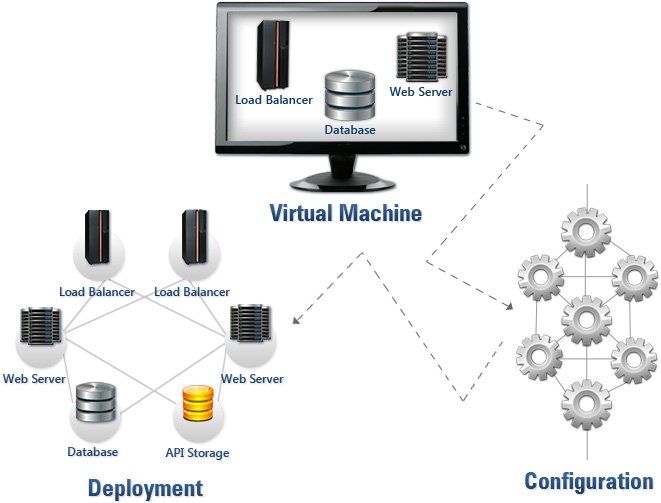
Cloud computing can be defined as a transition from vertical to horizontal resources scale. Vertical scaling/upscaling has been used to accommodate higher workloads in the past. To accommodate more traffic, it requires CPUs or memory in the same machine. To maximize performance, the database server is scaled.
The app benefits from horizontal scalability for cloud infrastructure. Since most cloud systems are based on a virtual server resource pool, the virtual machines running the server are transferred to a separate physical server if one server fails.
Let us now see the use of horizontal scaling in the cloud database. To run cloud-based database management systems, horizontally scaled database servers and partition table settings are necessary. Many database instances such as SQL servers are used in a cloud environment to scale the performance of this approach, which is referred to as database sharding. An application must now only access the shard/partition that holds the requested data rather than access a single central database.
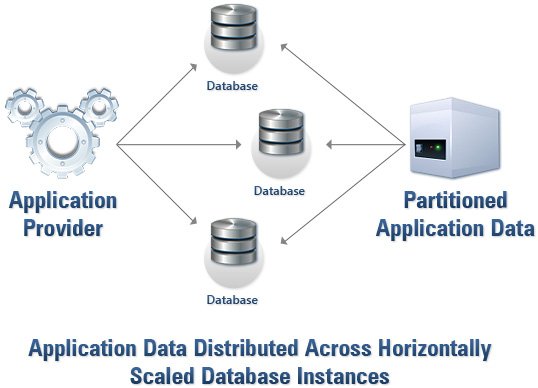
Cloud facilitates computing based on CPUs. This means that applications conducting frame rendering are built so, different virtual machines can make each frame more performant by horizontal scaling, instead of constructing a new thread for the frame.
Finally, Cloud is a stateless, poorly linked computer system that does not work. The request should not be disrupted if a virtual machine fails. The coupling of program components needs loosening in order not to impact total applications availability if any component fails. A part should be in a position to “fail” without affecting the program.
As program elements are provisional, their data should be instance-specific to the application. Processing and data isolation should be implemented as statelessly as possible.
And the hardware can be stateless if the cloud is to operate properly. Metadata should be maintained in the hardware configurations for the restoration of settings in case of malfunction.
The cloud infrastructure can be composed and re-engineered so that traditional elements can take full advantage of the advantages of cloud computing. Standards when selecting the virtual machine form provided by traditional virtual machine photos, software, and programming languages for the business to switch to or plan to cloud storage should be taken into account.
